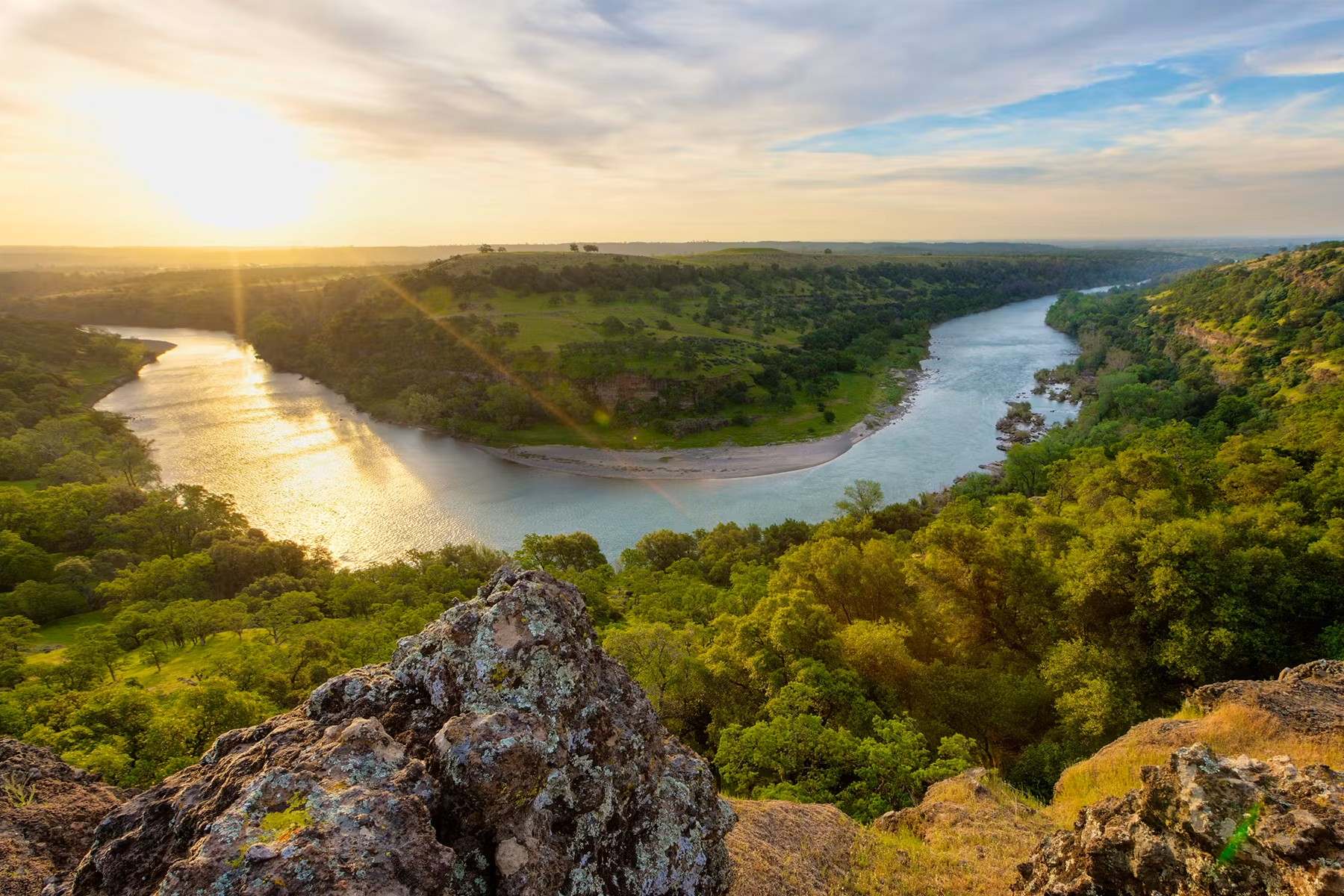Hidden Spanish Land Grants Of California’s Central Valley

Have you ever wondered about the hidden history of California's Central Valley? This region, known for its vast farmlands and scenic beauty, holds secrets from the past. One of the most intriguing aspects is the Spanish land grants. These grants, given during the Spanish and Mexican periods, shaped the landscape and ownership of the land. Many of these grants still influence property boundaries today. Exploring these historical treasures offers a glimpse into the lives of early settlers and the rich cultural heritage of the area. Let's dive into the fascinating world of these land grants and uncover their lasting impact.
Hidden Spanish Land Grants of California's Central Valley
California's Central Valley holds a rich history, much of it tied to the Spanish land grants that shaped the region. These grants, given during the Spanish and Mexican periods, offer a glimpse into the past. Let's explore some of these hidden gems.
1. Rancho San Luis Gonzaga
Rancho San Luis Gonzaga, granted in 1843, spans parts of Merced and Fresno counties. This land grant was given to Juan Perez Pacheco and José Maria Mejía. Today, it remains a testament to the agricultural roots of the Central Valley.
2. Rancho El Tejón
Rancho El Tejón, located in Kern County, was granted in 1843 to José Antonio Aguirre and Ygnacio del Valle. Covering over 97,000 acres, it played a significant role in the region's cattle ranching industry.
3. Rancho San Emidio
Rancho San Emidio, granted in 1842 to José Antonio Domínguez, lies in the southern part of the Central Valley. This land grant is known for its picturesque landscapes and historical significance.
4. Rancho Los Meganos
Rancho Los Meganos, granted in 1835 to José Noriega, is situated in Contra Costa County. The name "Meganos" refers to the sand dunes found in the area. This grant highlights the diverse geography of the Central Valley.
5. Rancho San Juan de los Moquelumnes
Rancho San Juan de los Moquelumnes, granted in 1844 to Thomas O. Larkin, covers parts of San Joaquin and Sacramento counties. This land grant showcases the agricultural potential of the region, with its fertile soil and abundant water sources.
6. Rancho El Pescadero
Rancho El Pescadero, granted in 1843 to Juan José Alvarado, is located in San Joaquin County. The name "Pescadero" means "fisherman," reflecting the area's proximity to water bodies and its fishing heritage.
7. Rancho San Pasqual
Rancho San Pasqual, granted in 1843 to Juan Alvarado, lies in the heart of the Central Valley. This land grant is known for its historical buildings and contributions to the region's development.
8. Rancho San Juan Bautista
Rancho San Juan Bautista, granted in 1844 to José Antonio Castro, is located in Merced County. This land grant played a crucial role in the early settlement and agricultural development of the area.
9. Rancho San Antonio
Rancho San Antonio, granted in 1839 to Antonio María Lugo, covers parts of Alameda and Contra Costa counties. This land grant is known for its vast grazing lands and historical significance.
10. Rancho San Miguel
Rancho San Miguel, granted in 1841 to José de Jesús Noé, is situated in San Joaquin County. This land grant highlights the region's agricultural heritage and its importance in California's history.
Discovering California's Hidden History
California's Central Valley holds more than just fertile soil. The hidden Spanish land grants reveal a rich tapestry of history, culture, and legacy. These grants, often overlooked, played a crucial role in shaping the region's development. Exploring these lands offers a unique glimpse into the past, connecting us to the early settlers and their stories.
Visiting these sites can be a rewarding experience. You get to see historical landmarks, learn about the early Californian way of life, and appreciate the cultural influences that still resonate today. Whether you're a history buff or just curious, these hidden gems provide a deeper understanding of California's roots.
Next time you're in the Central Valley, take a moment to explore these historical treasures. You'll find that the past is very much alive, waiting to be discovered.

